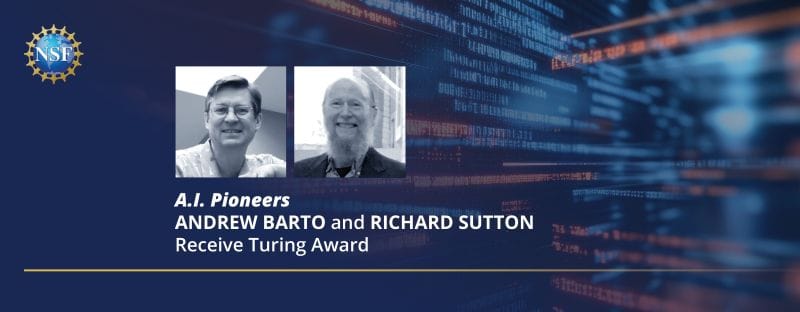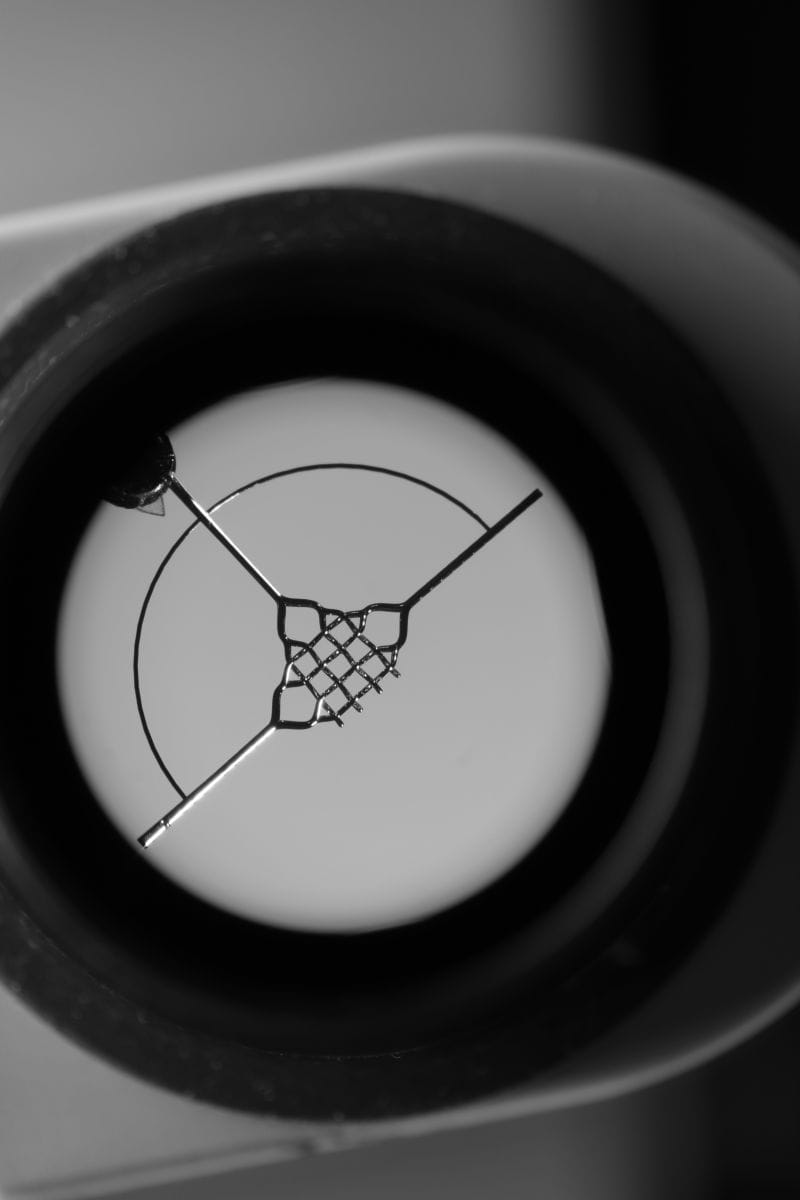RSS feed source: National Science Foundation
NSF-DOE Vera C. Rubin Observatory, funded by the U.S. National Science Foundation and the U.S. Department of Energy’s Office of Science, has achieved a major milestone with the installation of the Legacy Survey of Space and Time (LSST) Camera on the telescope. With the final optical component in place, NSF-DOE Rubin Observatory enters the final phase of testing before capturing the long-awaited and highly anticipated “first look” images, followed by the start of the Legacy Survey of Space and Time.
In early March, the NSF-DOE Rubin Observatory team on Cerro Pachón in Chile lifted the car-sized LSST Camera into position on the Simonyi Survey Telescope. This milestone is a significant step forward in the decades-long story of the LSST Camera’s design, construction and transport to Chile.
Rubin Observatory is jointly funded by the U.S. National Science Foundation and the U.S. Department of Energy’s Office of Science. Rubin Observatory is a joint program of NSF NOIRLab and DOE’s SLAC National Accelerator Laboratory, who will cooperatively operate Rubin.
“This is the last major step in the construction of one of the most ambitious scientific facilities ever created,” said NSF Director Sethuraman Panchanathan. “It’s a testament to the technical prowess and dedication of the entire NSF-DOE Rubin Observatory team — and the scientific community that has been striving to get to this point for over two decades.”
“The installation of the LSST Camera
Click this link to continue reading the article on the source website.


